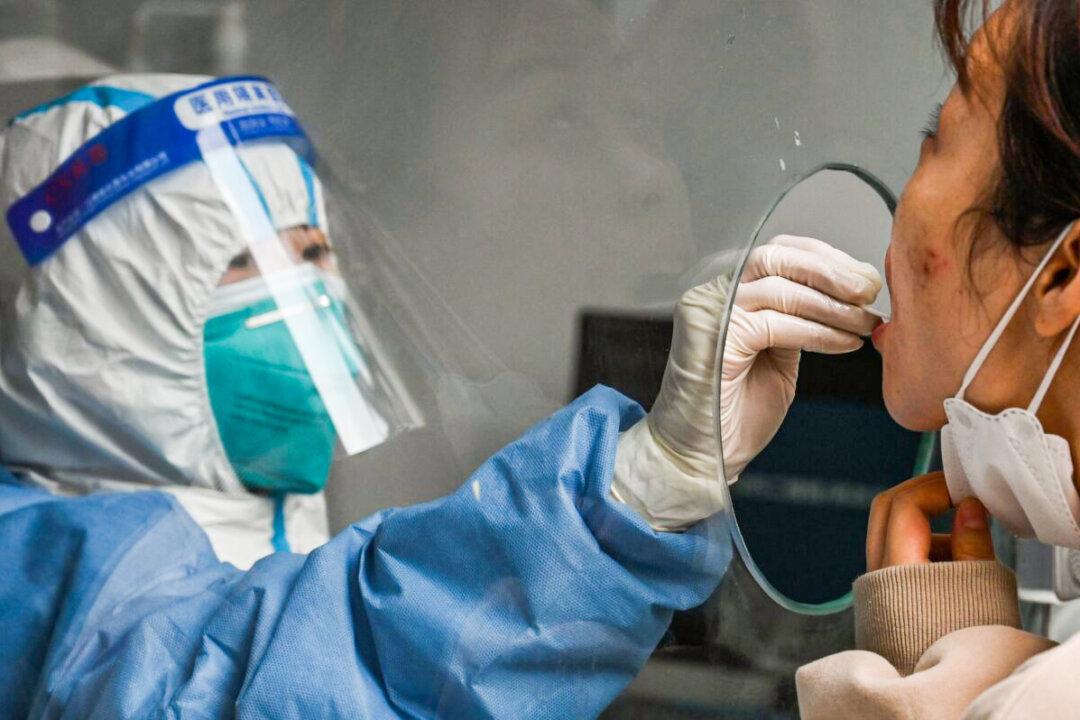China’s Shanghai announced 2,676 new COVID-19 infections on Sunday, which is the highest daily tally given by officials over the past several months.
But many locals have told the Epoch Times they believe the real number must be several times higher while commenting that hospitals can’t stand the workload as medical staff have increasingly been tested positive.





